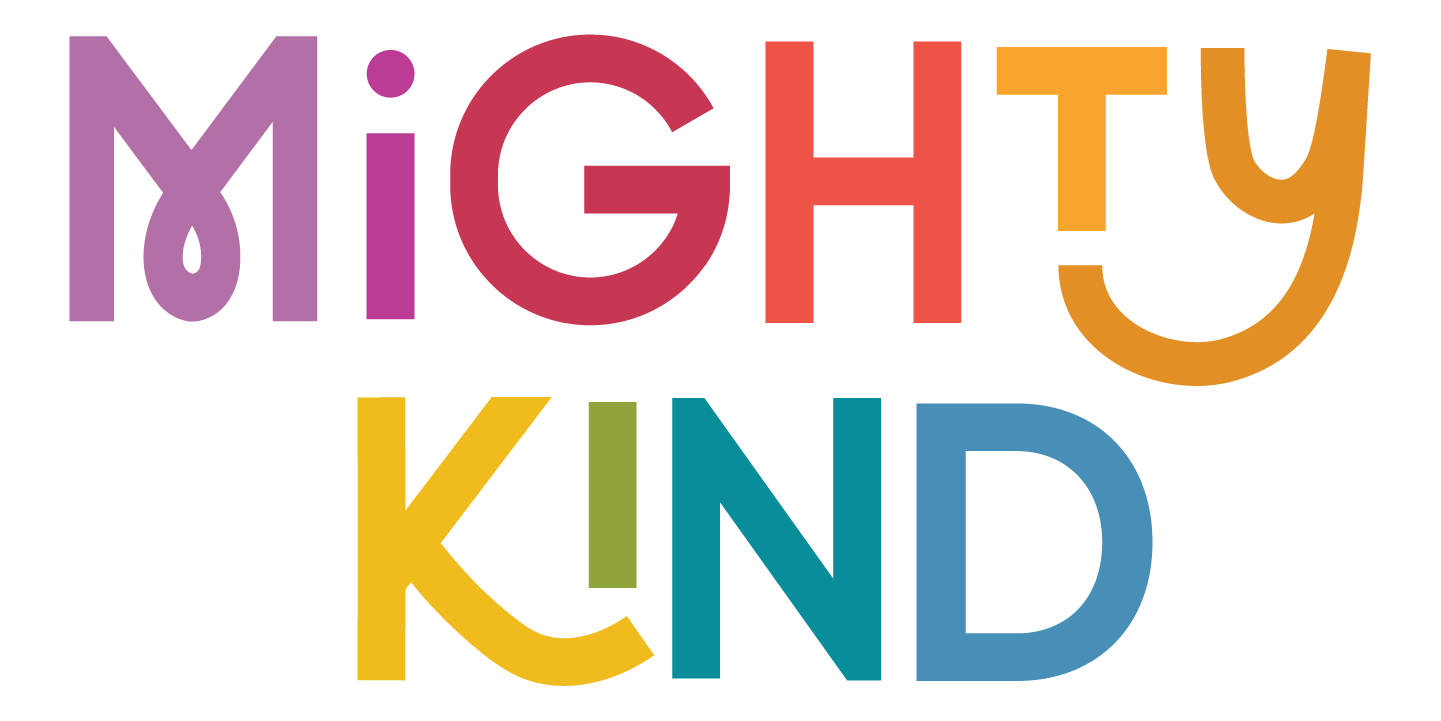Talking About Refugees with Your Children
In Mighty Kind Issue 5: Home, we discuss the concept of having a safe space to call your own. But right now, around the world, there are millions of people for whom home is not a safe place. Among them are refugees—25.9 million of them according to the UN Refugee Agency. Their numbers have swelled during the past decade due to war, famine, political and social instability around the world and almost half of them are children.
To help facilitate a deeper conversation you might have with your children about the global refugee crisis and to help foster a better understanding about our neighbors who are forced to create new homes for themselves, we’ve put together a short primer. It’s our hope that as we better understand who refugees are, where they’re coming from, and why they’re here, we’ll be able to cultivate empathy and find ways to extend compassion to refugees and others in our community who are creating or re-creating what it means to be home
What is a refugee?
A refugee is someone who has crossed an international border to seek safe shelter in a different country. They’re a subset of displaced people around the world who are forced to uproot due to circumstances beyond their control. Under international law, refugees are afforded certain rights and protections with political asylum.
Often, refugees leave home on a moments’ notice, carrying little or nothing with them. They leave behind their communities, their possessions, their careers in an effort to find a safer environment for themselves and their family.
Where do refugees come from?
Refugees come from all over the world. According to World Vision, about two thirds of the world’s refugees come from these five countries:
Syria - 6.7 million people. Syria has been engulfed in a violent civil war since 2011, forcing millions to seek safety elsewhere.
Venezuela - 4.5 million people. Political unrest, violence, economic crisis, and starvation have forced Venezuelans to flee. Many of these issues began in 2010 under President Hugo Chavez.
Afghanistan - 2.7 million people. For decades, Afghans have sought refuge from dictatorships, communist leaders, war, and violence. Despite international protections against non-refoulement, thousands of refugees are deported back to Afghanistan every year in unsafe conditions.
South Sudan - 2.3 million people. In 2011, just six years after the country’s second civil war, Sudanese revolutionists began a new armed conflict that continues today, forcing millions to seek refuge.
Myanmar - 1.1 million people. Since gaining independence from the U.K. in 1948, Myanmar (Burma) has been engaged in the world’s longest ongoing civil war. This violent conflict, fueled by communist groups and ethnic minorities, has forced hundreds of thousands to flee.
Other countries with a large number of displaced people include Eritrea, Burma, Democratic Republic of the Congo, Iraq, and Somalia.
Where do refugees resettle?
Most of the time, refugees flee to the nearest country with safe conditions. Venezuelans flee to Colombia, Syrians to Turkey, etc. Depending on a country’s specific limitations, when seeking asylum, refugees can then be sent to another country for resettlement, or detained in refugee camps. According to the UN Refugee Agency, developing countries host 86 percent of the world’s refugees.
The countries that hosted the most refugees in 2020 were:
Turkey - 3.6 million
Colombia - 1.8 million
Pakistan - 1.4 million
Uganda - 1.4 million
Germany - 1.1 million
Refugees in the U.S.
After World War II, the U.S. began to differentiate between immigrants and refugees, as Soviet Jews and other oppressed groups continued to flee to America. The U.S. government passed a few relief acts throughout the 1950’s and 1960’s, before settling on a more permanent bill to protect refugees.
In 1980, President Jimmy Carter signed the Refugee Act into effect, and it remains the main point of reference for refugee resettlement today. This act set a cap of 50,000 refugees per fiscal year, but allows the current president to raise or lower that number based on current conditions.
In 2018 the Trump administration enacted a travel ban on countries with high numbers of refugees, and in 2020 lowered the refugee resettlement cap for 2021 to just 15,000—the lowest number in forty years.
What you can do to help
The scale at which people are experiencing displacement can feel overwhelming. But there are many ways individuals can make an impact. From volunteering your time or money to refugee relief, to donating goods or services, to welcoming a new neighbor.
Beyond that, one of the best things you can do is teach children about refugees. By learning about displaced persons, children will learn compassion, and be better equipped to show kindness to refugees in the future. Find stories they’ll relate to and discuss the issues with them in an age-appropriate manner. Make sure they feel safe and answer their questions the best of your knowledge. Remind children that refugees are parents, children, aunts, uncles, siblings, doctors, athletes, and teachers. They are people, just like you and me, who want a better life for themselves and their families. They often have the same goals, the same dreams, that we do. Together, befriend refugees in your community and make sure your neighborhood is a welcoming home for everyone.
For more stories about the homes around the world and ideas for learning together, pick up the Home Issue of Mighty Kind magazine.

